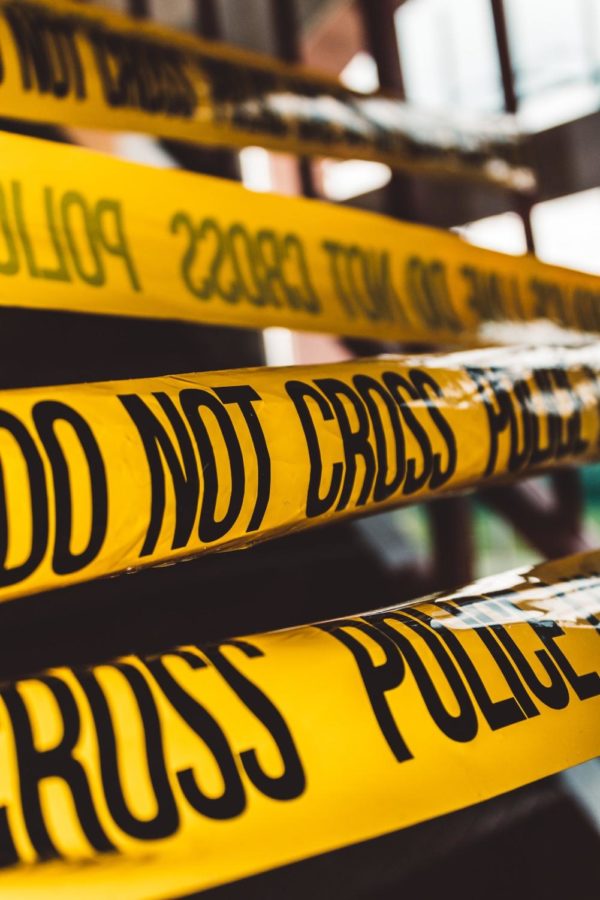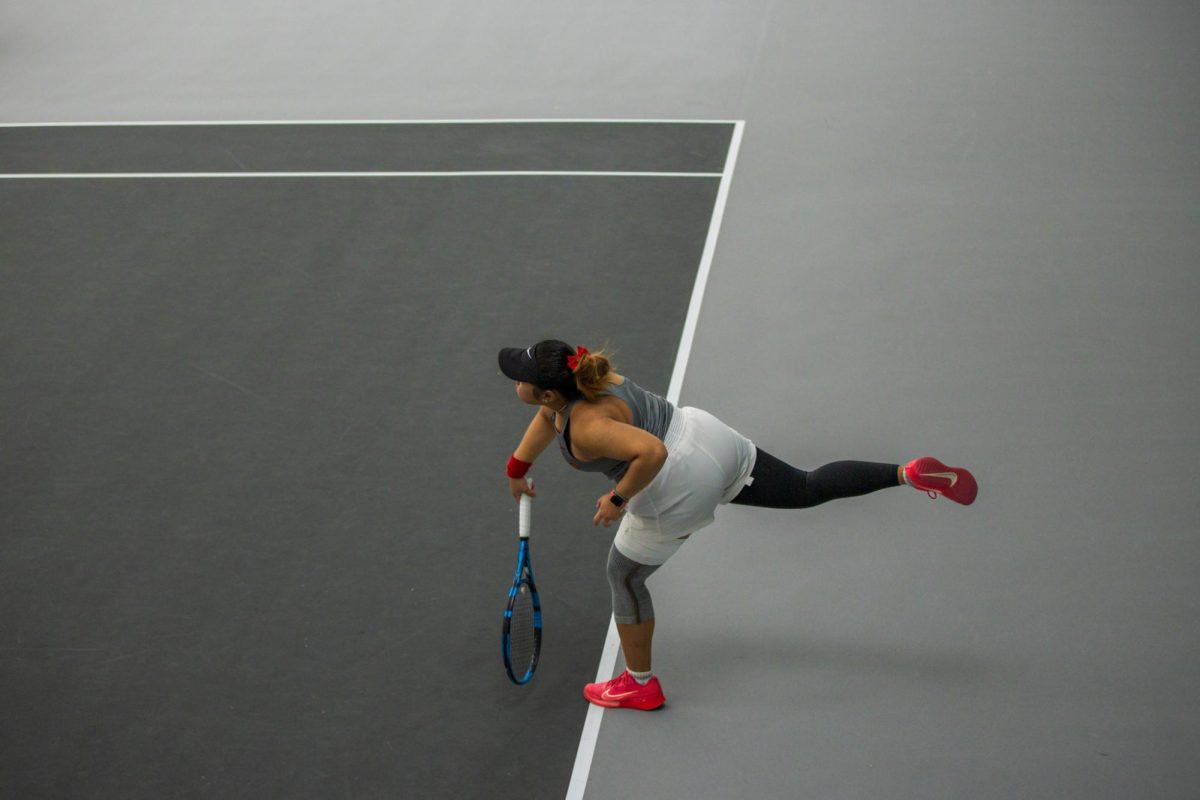Missing white woman syndrome is changing the way we look at crime investigations
Popular media and culture have normalized “Missing White Woman Syndrome,” and it can affect the way missing persons investigations are handled.
December 5, 2021
“Missing white woman syndrome” (MWWS) involves the cases of missing white women to be more publicized than those of indigenous women, women of color and men.
The disappearance of Gabby Petito is one of the cases that true-crime junkies have brought attention to when it comes to MWWS.
Petito was 22-years old when she went missing in August of 2021. This event went viral on many social media platforms, and many people had a lot to say about it.
Dr. Cassandra Collier is a sociology and criminal justice professor for Iowa State’s women’s and gender studies program.
There is no definite reason for missing white woman syndrome, but Dr. Collier describes it as stemming from colonial times.
Collier described this phenomenon as coming from when white women were “staples” for home life during those times. They were supposed to be in charge of the home, children, cooking, cleaning and their husbands.
“It’s this idea that white women took care,” Collier said. “It really sets us up, this history right? Of white women taking care of the home and being responsible for reproducing the nation.”
This dynamic toward women in their home lives has applied to larger scales, especially crime investigation.
“And slowly, it leads to this weird position where white women are often positioned as victims and things that are too weak to be taken care of,” Collier said.
This creates a paradox between the difficult work that women are supposed to do and being too delicate to do it. It also creates tension with racism that was very prevalent at the time.
Collier referenced the rights movement for women to be able to vote, equal pay, the right to work and pointed out that women of color had already been working.
“These upper-class white women were not doing their own laundry,” Collier said. “They were not cooking their own food.”
Histories for the idea of women of color compared to white women influence society’s views today. Missing white woman syndrome is an idea that is wrapped around these histories that may go unnoticed, causing that tension again.
“We’re more polarized than ever,” Collier said. “But we’re also more willing to [have this conversation], or at least there’s space right now because of years of activists pushing to have the conversation. Indigenous activists have been pointing this out for years, but it didn’t get widespread play until this cultural moment.”
Criticism of Gabby Petito’s disappearance on social media stems from MWWS. People want the media to notice indigenous and women of color’s disappearances too.
Lateche Norris is a 20-year-old woman who went missing in early November of 2021 in San Diego. “My daughter is just as important as Gabby Petito,” Norris’ mother said.
MWWS is not to take away from the tragedies that occur. It is to spread awareness for indigenous women, women of color and men who go missing that are not as publicized.
Petito’s case gave rise to a newly released podcast about missing and murdered indigenous women hosted by Maggie Jackson, Sheyahshe Littledave and Ali-sha Stephens. The show is called “We are Resilient: A MMIW True Crime Podcast.” The hosts talk about over 700 indigenous women missing in Wyoming.







